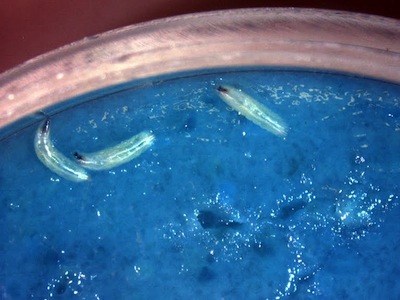Fruit flies are most attracted to fruit that already has flies on it, but what exactly are they smelling? A new study shows that the odour that attracts the flies is produced by neither the fruit nor the other flies and larva. Instead bacteria living in the guts of those other flies and larva produce […]
Tag: biology

Dogs can sniff out stink bugs in winter before they damage crops
A new study shows that dogs can help us understand ecology of the brown marmorated stink bug. The stink bug is an invasive agricultural pest that was first spotted in Canada in 2012 and has since spread throughout Ontario. Two Labrador retrievers were trained to recognize the smell of the bugs and locate the dead […]
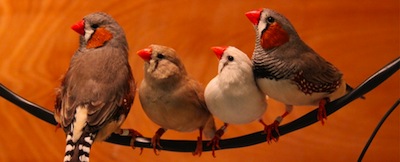
What bird brains can tell us about how we learn
When male songbirds sing to a female, they are note-perfect, but when they are singing by themselves, there are mistakes. By analysing the activity of brain cells, scientists have determined that this random error is actually generated in parts of the brain called the basal ganglia. They suggest that the behaviour is designed to help […]
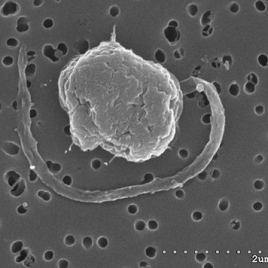
Genomics is ignoring microscopic “others”
According to a new study, genomics – the science of mapping genes and DNA sequences – is ignoring a huge amount of genetic diversity. The authors point out that 85 per cent of the genomes that have been sequenced are from plants, animals or fungi, yet these individuals within these groups are genetically very similar […]
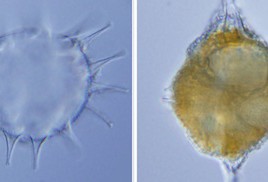
Million-year-old plankton comes back to life
Scientists have recovered a form of plankton thought to be extinct for a million years. It is the only surviving member of a plankton lineage common 50 million years ago. The heat-loving, single-celled organism Dapsilidinium pastielsii was thought to have disappeared from the fossil record because of colder ocean temperatures. However, a group of […]

How the hagfish forms its slime
Hagfish slime – produced as a defense mechanism – contains long, thread-like proteins that can be as strong as spider silk. A new study provides insights that could help researchers create artificial versions of these threads for use in clothing or other applications. The study used advanced microscopic techniques to trace the life cycle of the hagfish […]
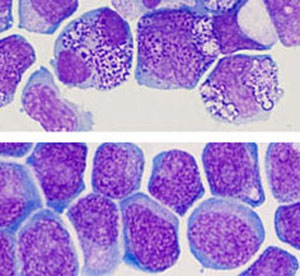
Growing leukemia stem cells in the lab
Previous attempts to grow leukemia stem cells outside the body have fallen short, as the cells lose their cancer stem cell characteristics. Now, scientists have found a way to grow and maintain ‘healthy’ leukemia cancer stem cells outside of the body. This opens the way to screens for drugs that can block the cells’ ability […]
‘Living fossil’ genome provides a window on immune system evolution
Elephant sharks – also known as Australian ghost sharks – shared a common ancestor with humans about 450 million years ago, and have changed very little since. This week, the elephant shark genome was sequenced and found to evolve more slowly than any other known vertebrate. The data provides important insights into how modern traits […]
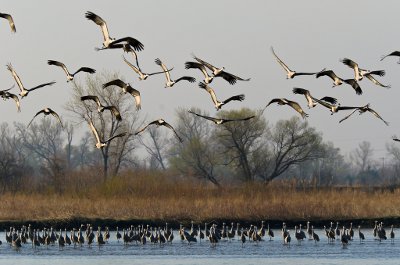
Migratory birds don’t track weather
Why do birds fly south in the winter? It’s not to escape the cold: a new study shows that migratory birds actually experience a wide range of climates over the course of the year despite their long journeys. The authors suggest that the relative lack of species diversity in places like Canada is not because […]
Royal Society Report on Marine Biodiversity | Webinar recording
Royal Society of Canada Report on Marine Biodiversity – January 31, 2012 Canada has the longest marine coastline of any country in the world, along three of the world’s oceans. Is Canada filling its role as steward and protector of our valuable ocean resources and marine biodiversity? How do we stack up to other nations? And what more […]
